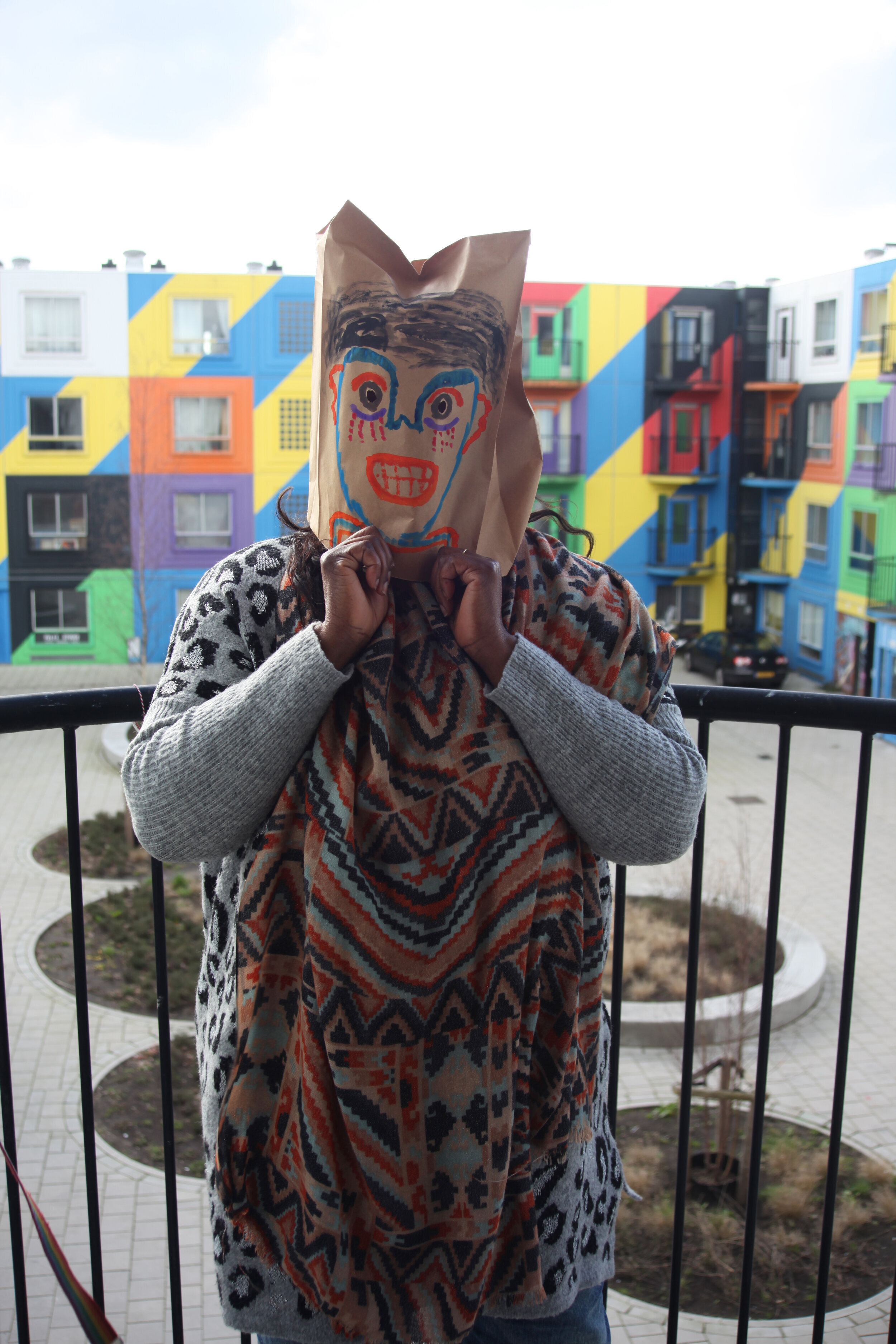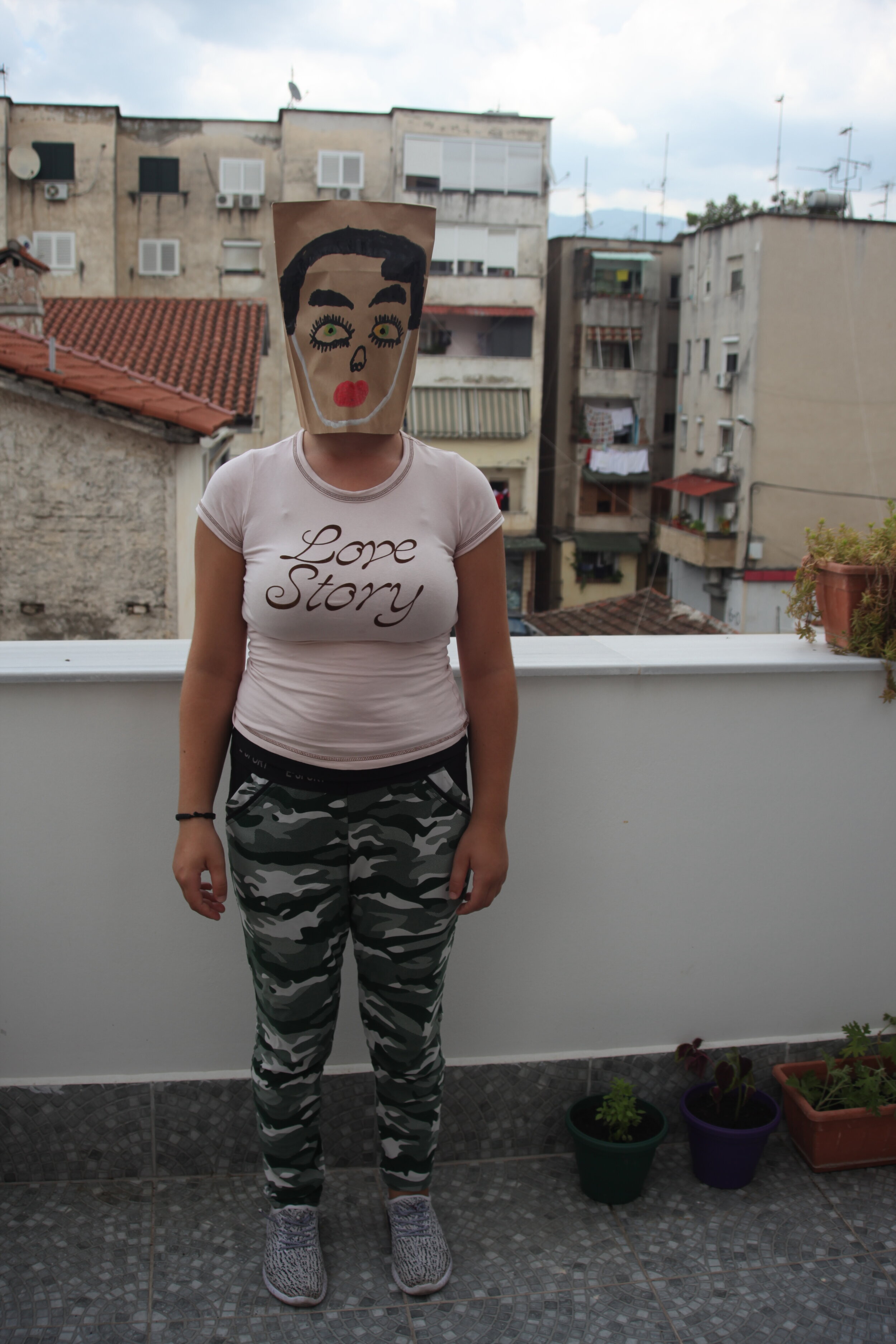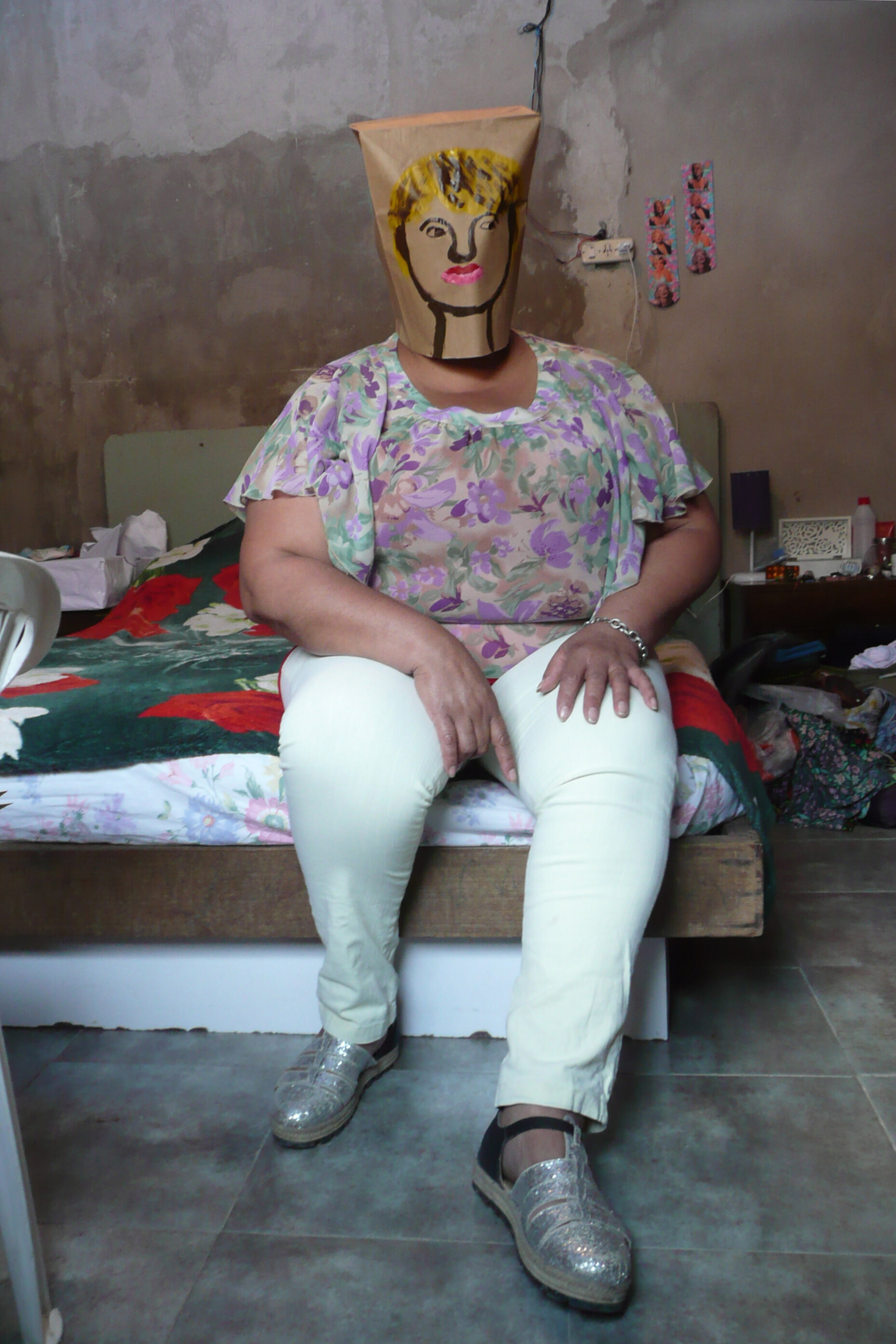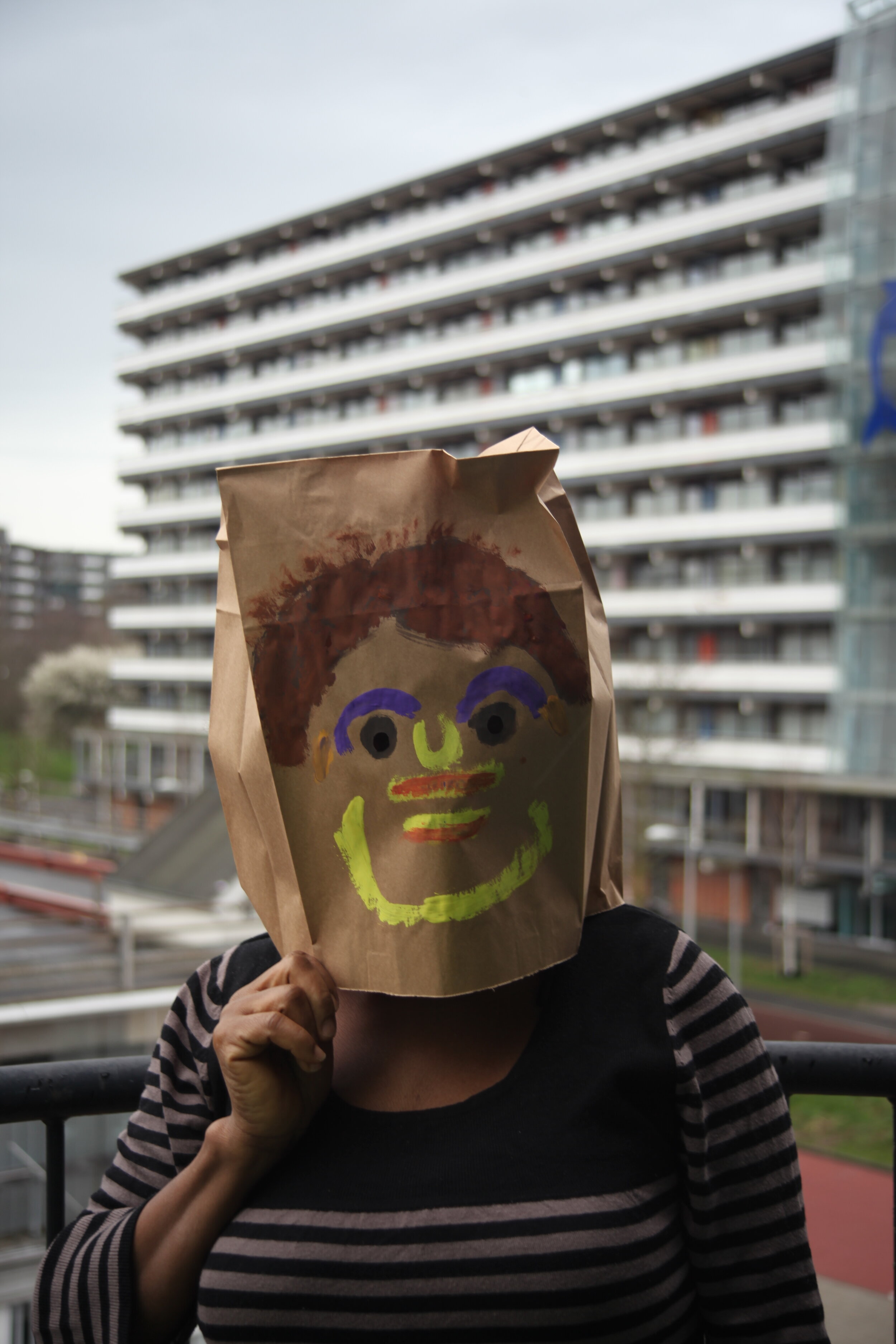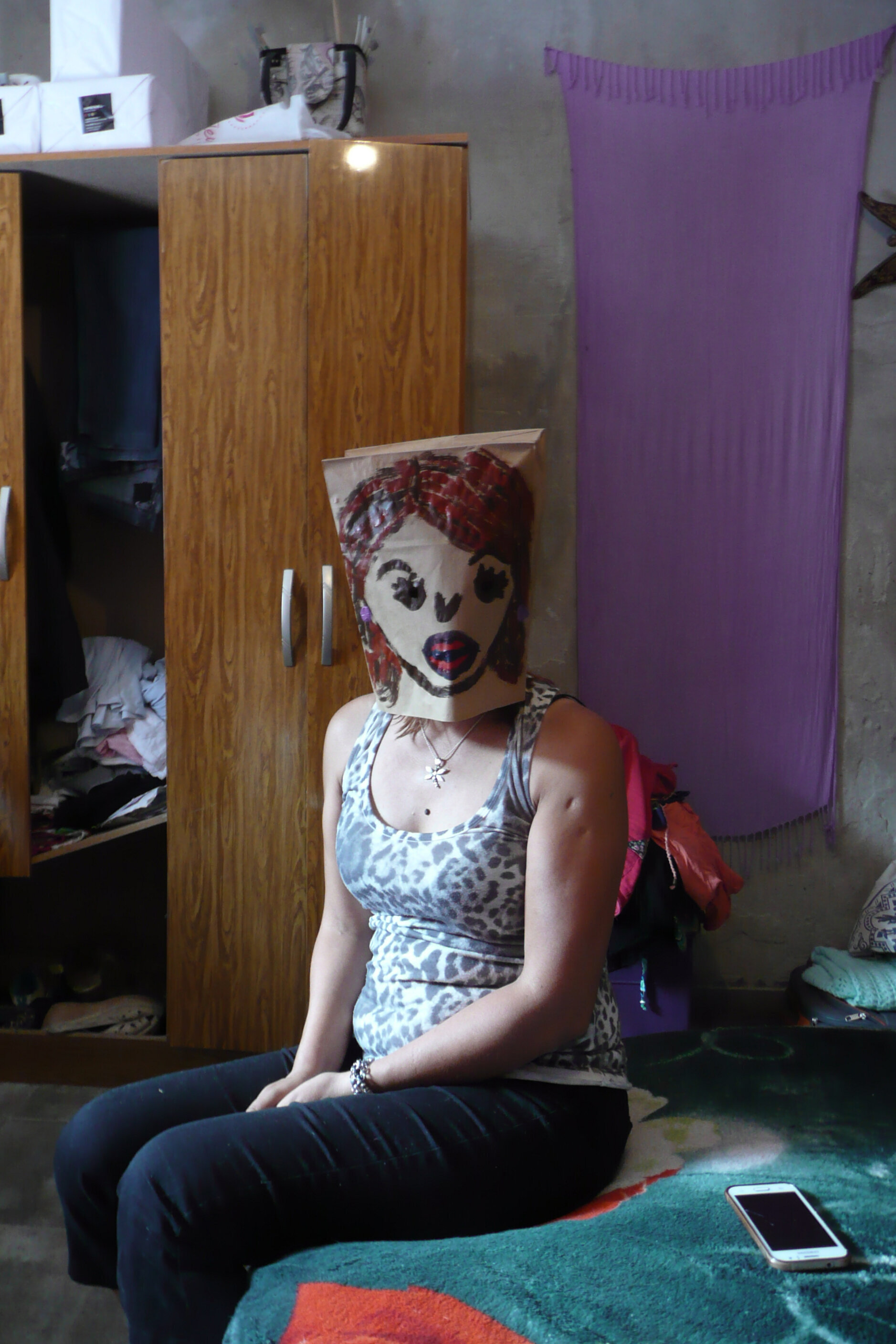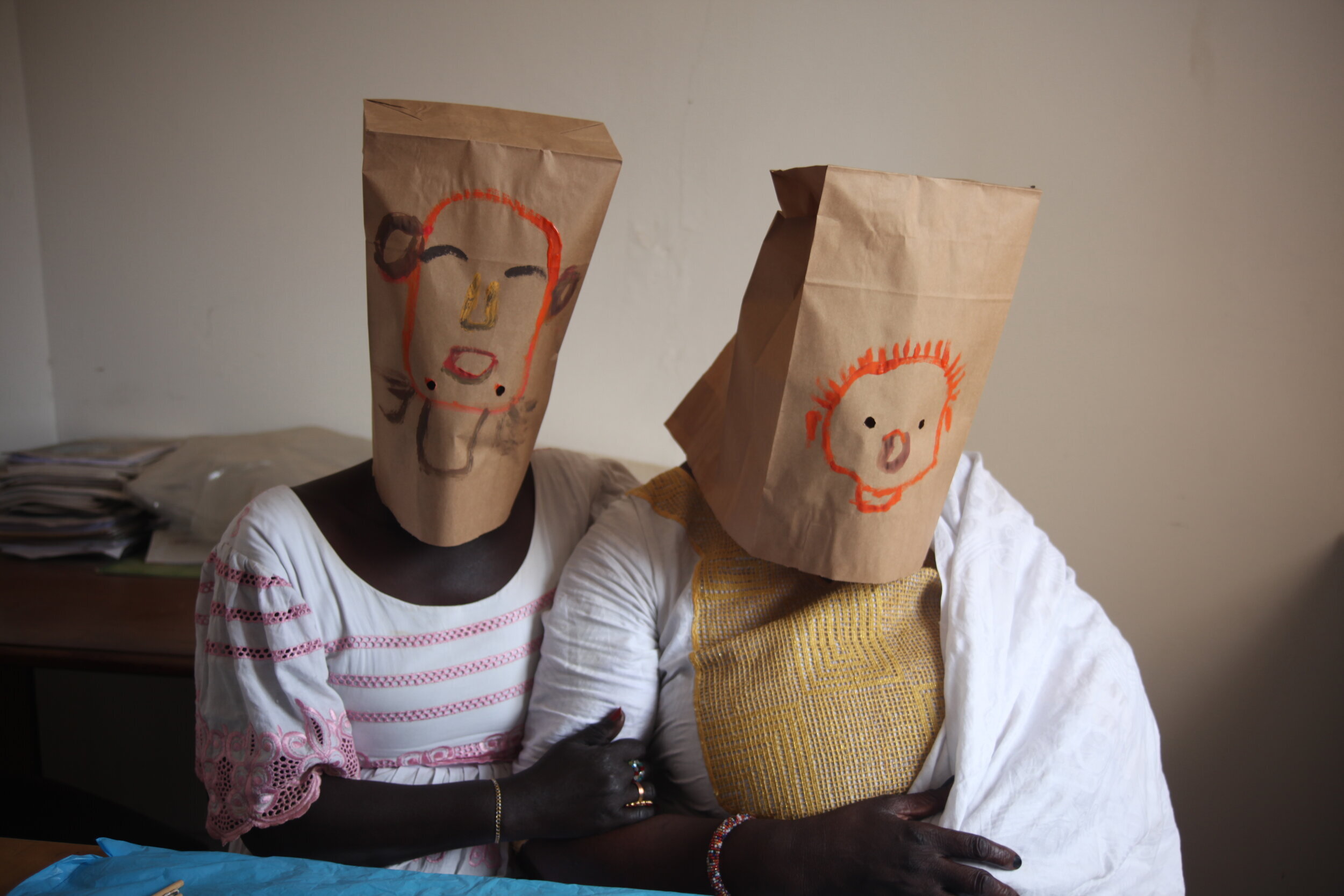Nr.1 TOURIST ATTRACTION
By Jimini Hignett
As an artist I find it essential that my work engages with important social themes, and I aim to use my work as a reflective tool for unravelling issues relating to social injustice, inequalities, and the underlying structures supporting the assignment of power in relation to class, race and gender. In recent years, the issue of prostitution has formed a substantial part of my artistic research. The topic is one which is close to me, both from my position as a woman, as well as in terms of location. As an inhabitant of Amsterdam this issue is one I felt compelled to investigate with my work, but my current exhibition Nr.1 Tourist Attraction has made me a target for the wrath of the pro-sex-work lobby.
Amsterdam is viewed by the world as symbolic of a culture of liberal values, everything-goes-tolerance, and an abundance of laissez-faire attitudes to drugs and sexuality. The Netherlands has taken on the role of a torchbearer for liberalised prostitution regulations, and presents Dutch legislation to the rest of the world as a success story. That image continues to be cultivated and promoted by the city – after all, the sex industry provides a huge financial turnover. Belief in current prostitution policy as a successful solution persists among the Dutch, with many people preferring to believe the myth that the majority of women are selling sex freely and autonomously, rather than think deeply about the realities of the lives of women in situations of prostitution.
In the heart of the Red Light District in Amsterdam tourists pose to have their photograph taken with a small bronze statue on a stone plinth, a brass plaque declaring ‘Respect sex workers all over the world’. The monument was conceived by Mariska Majoor, a self-professed, former sex worker, who founded the Prostitute Information Centre (PIC) in Amsterdam in 1994. The aims behind the statue’s conception were seemingly noble (we can all agree that stigma toward people in situations of prostitution is a bad thing), yet when a band I played in was invited to play at the unveiling of the statue in 2007, I felt uncomfortable and refused to participate, (though my unease was not enough to convince any of the other, Dutch, members of the band to join my boycott of the event.
Where did my reticence spring from? On the one hand, I can understand that when you are coming from a situation where you are the subject of abuse and stigma and feel looked down upon, a statue such as Belle, a woman honoured by her placement on a plinth in a public square, standing strong, unaffected by stigma, impervious to abuse, could provide a sense of worth, a smidgen of hope that someday perhaps the stigma will subside and you too will be able to stand uncowed and smiling. On the other hand, I felt strongly that reinforcing the ‘happy hooker’ aspect of the trade, negating the abuse and violence we all know occurs behind the enforced smile, the appearance of willingness essential to procuring buyers, is doing women in prostitution a huge disservice. By emphasising that façade, the overwhelming presence of violence, which is a huge reality in these women’s lives, is being negated. Isn’t this burdening them yet again with the requirement that they conform to the myth that they are happy and willing, this time in order to participate in the narrative which is being presented here so publicly, through this statue, ostensibly in their name?
It was not until I was invited to make work for a show on the topic of prostitution for the Museo de la Mujer in Buenos Aires that I came up with a way to make concrete my unease through a work of art. Two things combined to prompt me – firstly, a tango dancer I met turned out to be a wood carver, creating giant sculptures from carved tree trunks, and secondly, I had been reading ‘The Road to Buenos Ayres’ – Argentina as the centre for the ‘white slave trade’ in the 1920’s European popular imagination. In the book I encountered the suggestion by the author that a statue should be erected to the foreign prostitutes whom he sees as having contributed such an important role in the construction of the city, and the idea for Belle Revisted was born.
Together with my carver friend Gabriel, I would carve a human-sized statue inspired by Belle from the trunk of a fallen tree he had been given by the local parks department. This turned out to be a mammoth undertaking, involving numerous chainsaws, grinders and a multitude of chisels, and the sculpture was only just finished on time.
On opening night, the museum organised an evening whereby, as well as live readings (in Spanish) of the testimonies of various women trafficked into the Dutch sex industry, members of the audience were invited to participate in a performative event. In order to visualise the very real pain suffered by the real women on display in the real windows of the world’s red light districts, and to acknowledge their own complicity in that suffering through not taking action to prevent it, they were asked to carve their initials and/or a heart into the wooden trunk of the sculpture. The experience was extremely moving, and several of the participants were in tears as they stepped away from the sculpture having carved their initials.
Later I wished I had filmed the event as it proved exceeding complicated (not to mention expensive) to transport the sculpture back to the Netherlands, and a video could have been another way to express the intended sentiments. With this is mind, I set out to stage the initials-carving a second time and to film it.
The location – the New Zandpad in Utrecht – was chosen because of its contextual importance. The ‘old’ Zandpad, had been the location of a number of Red Light houseboats which were used for window prostitution, but in 2013 the city was compelled to close the site due to extreme ongoing violence and exploitation. The sex industry, however, campaigned to have it re-opened, and consequently a patch of land has now been designated for the building of a series of new ‘windows’. Construction on the new site is meanwhile delayed as the companies interested in ‘managing’ the new brothels failed to pass laws pertaining to connections with unlawful practices such as drugs or money laundering, and exploitation. It is on this contentious building site that I recorded the video loop Zandpad Revisited.
The video was to be shown at the Amsterdam Museum along with the sculpture itself, in a new installation entitled Nr.1 Tourist Attraction, which would focus on the topic of prostitution in general, and the Dutch sex industry and Amsterdam Red Light District in particular.
But a week before the installation was due to open, pro-sex-work lobbyists launched a full scale attack on the museum, the exhibition and me personally.
The first inkling of it was a Facebook post saying “Utter horse shit from an artist who has an exhibit coming up in Amsterdam Museum”, linked to a long interview I had given in Kosovo to accompany an exhibition there. Next thing I knew, the Prostitution Information Centre (PIC) had sent two-page letters to the museum, the Dutch equivalent of the arts council, and all the major newspapers. The bulk of this letter was aimed specifically at the ‘Belle’ sculpture and video, claiming that the work was an incitement to violence against sex workers and even citing one of the PIC team members as saying, “An exhibit like this makes me fear for my physical safety. If people are encouraged to carve into a wooden statue of an independent worker, why wouldn't they think it's ok to harm one in real life?” This is a piece of nonsense. The intention of the work was the exact opposite of what they were claiming.
They wanted the exhibition shut down before it had even opened, attacking the museum where it hurt most, claiming that they were going against their policy of inclusiveness, and even staging a demonstration outside the museum with placards with texts such as, ‘Amsterdam Museum curates propaganda’ and ‘Listen to Sex Workers. Close Nr.1 Tourist Attraction expo!’
The notion that the exhibition had been made without listening to ‘sex workers’ was one of their most insistent arguments, but it is clearly untrue. A large part of the installation consists of a series of videos entitled The Prostitution Monologues, an ongoing series that details the stories of women’s journeys into prostitution. Each of those women were interviewed by me, and my connection with them is the result of long term research and investment, including working for several years as a volunteer ‘crisis-buddy’ at a hostel for women who have been trafficked, predominantly into the sex-industry. Many of the women have come from sub-Saharan Africa or from the ex-communist, east-bloc countries, and their individual tales reveal backgrounds in societies rife with inequalities, misogyny and abuse, and expose the painful, disturbing reality of racial and class privilege, along with a tenacious assumption of male entitlement. Their histories are witness to the way in which prostitution and sexual exploitation are tied to larger economic and political processes, such as economic imbalance, privatisation and corruption. Precisely from their position at once in the margin and in the centre of society, these women’s stories are able to shed light on the larger links which are often ignored in the debate concerning prostitution. The circumstances of these prostituted women (and just one man) require that they remain anonymous, so in the videos their testimonies are told by actors.
The claim that I did not include the stories of ‘sex workers’ is interesting… When is a sex worker not a sex worker? Take, for example, a woman working behind one of the windows in the Amsterdam Red Light District – as long as she insists she is selling sex of her own free will it would seem she has the right to call herself a sex worker. But as soon as she no longer adheres to the creed of ‘choice’ – perhaps because the pressure exerted by her pimp, her ‘boyfriend’ or the brothel-keeper becomes to much to bear, or perhaps because the police determine that the accumulation of ‘debts’ she is being forced to pay, or some other form of dependence on others make her a ‘victim of trafficking’ – she crosses that invisible line and the sex workers’ rights organisations drop their support of her entirely. In their books she is no longer as a sex worker…
And what if, like one of the protagonists in my video series, her story entails her making her own decision to sell sex, and to continue selling it, but she voices an awareness of the acute psychological damage it has done to her, and is doing to others around her? Apparently she too no longer counts.
The insistence that in order to qualify for the label ‘sex worker’, and the support of the so-called sex-workers’ rights organsations, you must comply with the ‘happy hooker’ script is a huge betrayal of the overwhelming number of people in situations of prostitution who are not there entirely voluntarily or are selling sex simply because they lack any other options.
The pro-sex work lobby has a loud voice and the Dutch are perhaps more susceptible than most for the suggestion that they are being discriminatory – an attitude of liberal tolerance forms such a large part of Dutch national identity – so for the museum, the suggestion that through allowing my exhibition and in particular the contested ‘Belle’ works they were feeding discrimination, was one they were hyper-sensitive to.
They were, I think, relieved when I gave them a way out by suggesting that Belle Revisted and Zandpad Revisited not be included as part of the installation because keeping them in would provide the sex-industry with a way to sidetrack discussion into an ‘O-yes-it-is-O-no-it-isn’t’ argument about whether the works incite violence or not, and that would distract from any broader debate on the topic of prostitution – which is what I hoped the exhibition would encourage.
So the exhibition opened without those two works, and despite their absence I am very pleased with the way the installation looks. The long attic room allows two ‘different sides’ of the topic to face one another. The Prostitution Monologues videos, accompanied by photographs showing the survivors of prostitution wearing masks they have painted themselves, self-portraits, are in a long straight line down one side, and on the wall opposite, in a plethora of small vitrines and in little glass cases on multi-coloured plinths of differing heights, is A Small Collection of Innocuous Objects – over 200 Red Light District souvenirs.
Half of these are fridge magnets – the epitome of banal domesticity, helping to instill the idea that paid sex is as innocuous as a kitchen sink, homely and inoffensive. And there are snow globes containing women in windows, porcelain houses filled with smiling scantily clad women, lapel pins, calendars, t-shirts, a salt and pepper set, and racks of postcards… in Amsterdam, on display alongside windmills, tulips, canals clogs, cows and bicycles, postcards of women in fancy, glowing underwear posing in red-lit windows, their individuality pixillated away, are omnipresent.
These objects underline Dutch complicity with the myths promoted by the sex industry, and show how the haze of commonplace imagery pertaining to prostitution permeates our day-to-day lives. Imagery that promotes and reinforces the view of the prostituted woman as autonomous and liberated, whilst preventing us from seeing the very real pain and distress that exist behind this superficial, one-sided vision.
The souvenirs in the collection are accompanied by texts which describe and analyse each artifact in detail, examining its message, linking it to related historical facts or statistics, thus enabling the ‘propaganda’ of the subliminal message to be subverted.
By presenting these artifacts as ‘innocuous’ objects, labelled and displayed like an anthropological collection, similar to the supposedly ‘curious’ and ‘savage’ customs of historic ‘uncivilised’ societies that we are accustomed to see displayed in such a fashion, we could perhaps imagine these artifacts relegated to the past, and thus envisage a future in which we have moved beyond a belief in this outmoded, barbaric ‘tradition’.
Before Nr.1 Tourist Attraction opened in November in the Amsterdam Museum, I had indeed expected there might be some negative reactions from the ‘pro-sex-work lobby’ but I had not anticipated the ferocity and abusiveness of their attacks – the (willful?) misinterpretation of the statue and the video as an incitement to violence against sex workers; the demonstrating outside the museum; the aggressive tactics of the PIC in contacting people I have worked with to get them to ‘unfriend’ me; the letters to the newspapers; the barrage of Tweets and re-Tweets – yet all this just goes to show that the work is effective in generating discussion and giving voice not only to those whose voices do not normally get heard in public, but also to a different attitude about prostitution.
The main complaint of the PIC is really that I am proponent of the Nordic model, and although it is wonderful that an art installation can be seen as such a threat to Dutch legislation, nonetheless, the amount of insults and allegations that are being hurled about on internet is quite disturbing.
Recently, in the largest daily newspaper in Amsterdam there was a double page cartoon spread mocking the proposed new legislation about prostitution in the Netherlands. In it, alongside cartoon figures of an evil genie with giant penis representing the spectre of the proposed legislation; red-lit windows displaying scantily clothed women; an abundance of ogling tourists; the Amsterdam mayor; and a plethora of national and local politicians, I too have been lampooned – not once but three times.
On the one hand I feel chuffed that my work is being perceived as such a threat, as an artist activist this is precisely the kind of impact one hopes for. On the other hand, it’s made for a bit of a rough time the last couple of months. I had expected more support from the museum, but from the first criticisms they have been at pains to distance themselves from my work. They seem to be more concerned about safeguarding their image as an ‘inclusive’ institution than in defending the exhibition, and they have gone overboard to include ‘sex workers’ in the discussion, actively offering them a platform to share their views, and even going so far as to invite the cartoonist who attacked me on such a personal level, to write a long (and inaccurate) pro-propaganda post… on the museum’s website! So I feel somewhat let down.
But whenever I drop by the exhibition, talking to visitors, finding out their views and how the installation has affected them, I make a point of reading the comments in the visitors book. There I find the things that ordinary visitors to the museum have taken the time to write and I feel it has all been worthwhile...
“This exhibition and artist reveal that nothing is what it seems to be.
She provides a platform for sex workers to unmask the Red Light District and tell their side of the story. It’s very important to look beyond the lights.”
“Respect for the Amsterdam Museum and admiration for the artist! This exhibition highlights a side of the sex industry that is overshadowed in the Netherlands by a small club of “happy sex workers” who keep emphasizing that there’s nothing going on in the prostitution world. Jimini allows the voices women who have not been heard for a long time to be heard. It is time that we finally listen!”
“Thank you for being brave enough to tell the real stories of what goes on.
Wonderful eye-opening exhib.”
“Well done museum. Human trafficking and sex slavery is real. In the Netherlands there are thousands of victims forgotten by the public, shamed by pimps and ridiculed by other sexworkers. These victims need the spotlight, need help. Well done for the exposé. You will get buckets full of shit thrown at you but you are doing the right thing. Stop the abuse, the rape, the slavery!”
Nr.1 Tourist Attraction is in it’s final month at the Amsterdam Museum, you have until March 1st to see it.
The accompanying book A Small Collection of Innocuous Objects is available from Books@HowToGoOn.com
Jimini Hignett, 30th January 2020
www.HowToGoOn.com
